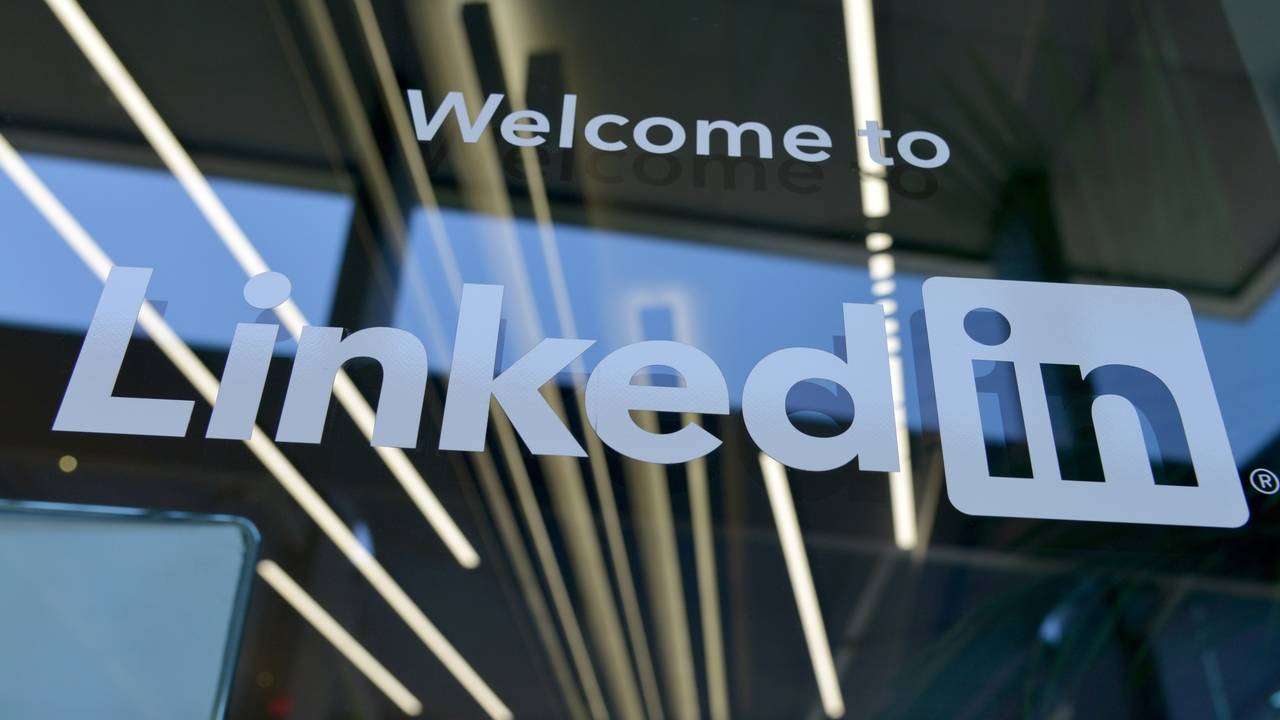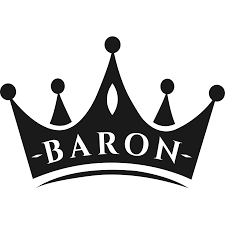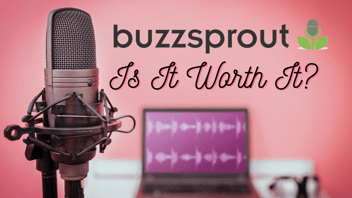
There is no longer any question about it: LinkedIn is an exceptionally useful medium by which people can make a sale. Its popularity has exploded over the past few years, and perhaps even more so in recent months as the COVID-19 pandemic kept us from physically being together. After all, at the moment, LinkedIn has 675 million monthly active users who represent thirty million companies. More than one out of every four Americans have an account, and the service's engagement has increased by 50% almost every year. In other words, the platform is rapidly growing, and people are using it more and more. Those numbers only increased during COVID, when the platform saw an increase in use an engagement.
Indeed, any business person that fails to properly take advantage of this social network is cutting themselves off to a huge potential market. There is no question about it: You absolutely should learn to sell on LinkedIn.
However, why you should do it, and how you should do it, are very important items to get right. Here's a look at why learning to sell on LinkedIn is so important, and an overview of the best practices.
Why You Should Learn to Sell on LinkedIn
As noted above, this service has seen steady growth over the past decade, to the point that 1/4 of all Americans now use the service at least once a month. This is a monstrous number. It obviously means that millions of hours are being spent on the service every month by potential new clients of yours. As such, remember: If you don't learn how to sell on the platform, you may risk being able to connect with these potential customers, no a critical venue.
It is also worth noting that selling on social media is very different than selling in the real world. Indeed, broadly speaking, selling directly on social media is often frowned upon if done the wrong way. You can come across as overly promotional, and this will cost your ability to make a sale.
The access and cultural differences in selling on social media virtually require that you learn what to do. Otherwise, you risk embarrassing yourself, and even worse, wasting your time. Thankfully, social media has been around for decades, and a series of tactics have been developed that can give you a better idea of how to use it for sales. Here's an overview.
How to Sell on LinkedIn
It is important to realize that learning to sell here requires a broadening of a traditional definition of selling. If you connect with someone and automatically send them a message where you discuss your products, you will fail.
Selling on this platform isn't necessarily about making a good pitch. It's about building out your online presence, establishing yourself as an expert, and cultivating relationships. As such, here are some important techniques to keep in mind when it comes to selling this service.
Build Your Profile First
Picture this: You attend a sales meeting. Someone walks up to meet you. It's a business professional, dressed in a crisp suit...and half of their face hasn't been shaved.
If you don't build out your profile, that's what you will look like to the digital world. Your profile contains a variety of important features for users to take advantage of. Once you set up your profile, you should absolutely take advantage of it by filling in the various aspects, including your headshot, educational background, professional experience, and more. Make sure that you have all the basics filled in at a minimum.
From there, you can take advantage of some of your profile's more advanced features, including uploading professional documents (such as published articles, presentations, blog entries) or adding extensions that will help to make your profile stand out from the crowd.
Look at it this way: Your profile is how someone will get to know you. If you do ultimately want to use this service to boost your sales, setting up a great profile that leaves an excellent first impression is an absolute requirement.
Be An Expert, Not A Seller
We all know "that guy" - the person who is so obsessed and obnoxious about their sales career that they turn absolutely everybody off to their efforts. Overly aggressive salespeople are basically setting themselves up for failure, and that basic tenant applies even more so in the digital world than the real one.
As such, there are a few basic things you should and should never do on LinkedIn.
- DO position yourself as an expert in your field by sharing articles, relaying information, answering questions, and participating in groups.
- DO NOT use this service to only discuss products and services that you are directly selling.
- DO make sure that you are connecting your real-world activity to your online use. Promote events you are attending and charitable activities you are involved with.
- DO NOT scream about all the sales that you make on social media.
- DO make the occasional post about your products, but never more than one out of every ten posts you make.
- DO NOT forget that this service, like all other social networks, is best when you listen to others and help them achieve their goals. In so doing, you will position yourself as an invaluable community resource and indirectly promote your brand, your company, and your sales efforts.
Provide Assistance and Support
Let's go back to the last point above for a moment. Your job is not to just make money for you, but to help other people. Remember, in doing so, you get your name and occupation out there more, and this will unquestionably result in more sales for you and the rest of your company.
As such, keep in mind a few basic things you should do:
- Answer questions from other people about your field or the community in general. Doing so will help to get your name out there as someone who is a good resource and connector.
- Actively seek conversations to participate in. Remember, if you are connected with someone, this gives you a chance to comment on their status and then connect with other people. Just like a real networking event, make sure to find new conversations to engage in.
- Don't forget basic human decency. When someone does something nice, congratulate them. When someone celebrates their work anniversary, write them a personalized note. People appreciate compliments and kind words, and a little niceness goes a long way. If you can, take the time to personalize the message and make it stand out from the rest of the notes that the person is getting.
Participate in Groups
By and large, groups can be broken down into two categories: Interest-based and location-based. Interest-based groups revolve around a common interest, like a profession or affiliation. Location-based groups, of course, are groups for people located in the same geographic area.
Either way, groups come with a series of robust features for interactions. These include the ability to start conversations, share documents, photos, websites, videos, and more. As such, groups are an ideal place for interaction.
The biggest problem with groups is that far too many people simply spam them with promotional pitches or events. This is a waste of an opportunity. Instead, use groups to start conversations, ask and answer questions and provide assistance as needed. Again, groups allow you to get your name into the general population. Spamming people with promotional material will never get you any business. On the contrary, it will almost certainly result in you taking a hit to your reputation.
Connect People
One of this platform's more interesting features is the ability to connect people. If you have a shared connection with two people and one wants to get to know the other, you can send them a digital introduction or message.
Take advantage of this feature. Become known as a resource who can connect people that need each other. Offer to make introductions and get permission to do the same with others. Again, this is all about enhancing your professional reputation and availability. Doing so will help you build a reputation as a resource and ensure that people are more likely to approach you, or be receptive to your approach when you do try to make a sale.
The trick about LinkedIn is to find a difficult balancing act: Being a resource and getting your name out there without selling too much. It can take time and experience, but it can unquestionably be done.





